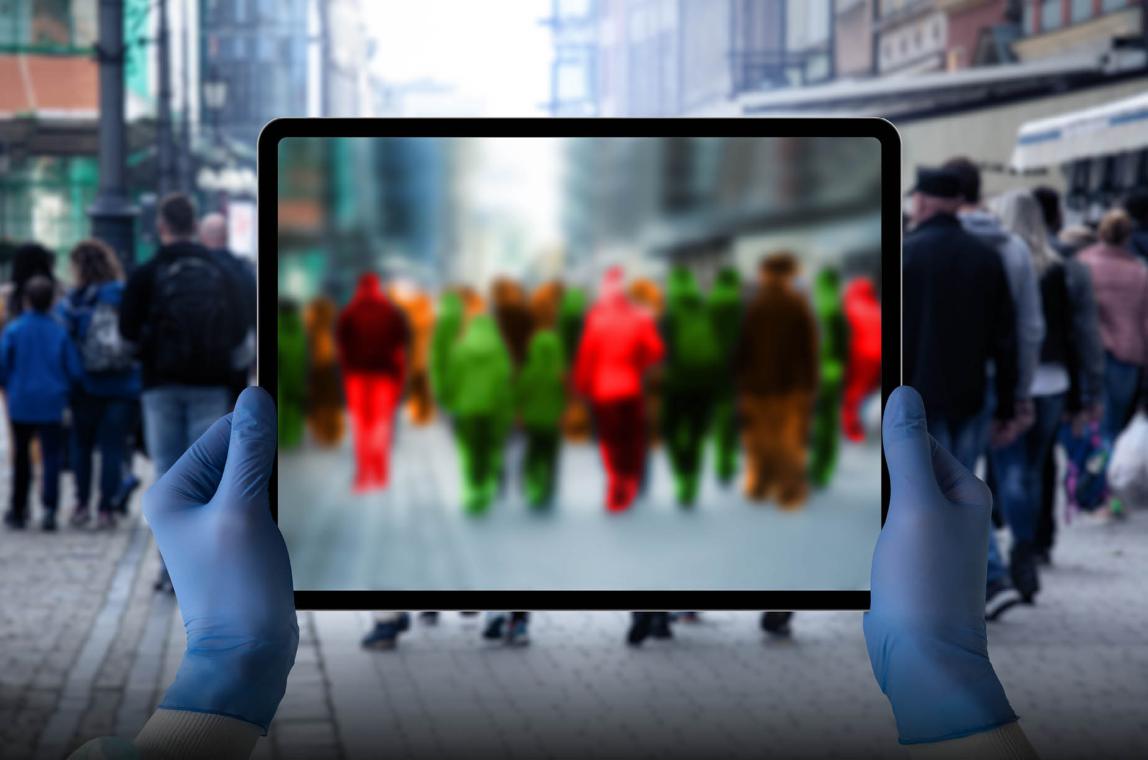
Research on visitor dynamics by BUas and LCB
02/28/2023 - 13:33
The Netherlands leads the world in (safely) organising logistic processes at events. And we want to keep it that way! Logistics Community Brabant, together with BUas is researching the dynamics behind visitor flows BUas campus.